MercoPress. South Atlantic News Agency
Environment
-
Saturday, January 19th 2019 - 09:22 UTC
Extreme wet January displaces thousands and floods farmland in Mercosur member countries
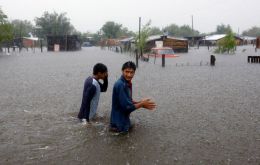
Intense rainfall in northeast Argentina and neighbouring areas in Mercosur members has caused devastating floods, amplifying the economic burdens of Argentina's recession. Over 5,000 people have evacuated the region, and millions of hectares of crops have been sent underwater.
-
Thursday, January 17th 2019 - 09:50 UTC
Brazilian supermodel rejects criticism from agriculture minister

Brazilian supermodel Gisele Bundchen on Wednesday rejected critiques by the country's farm minister that questioned her knowledge about Brazil's conservation efforts.
-
Wednesday, January 16th 2019 - 09:10 UTC
HMS Protector and RRS Shackleton support 100 scientists researching Antarctica glacier
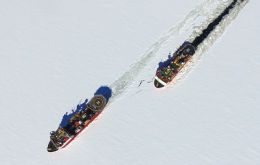
Royal Navy survey ship HMS Protector smashed through nearly 300 miles of Antarctic ice to help scientists begin a five-year mission to understand how West Antarctica is contributing to global sea-level rise.
-
Wednesday, January 16th 2019 - 08:54 UTC
Air pollution, the greatest environmental risks to health says WHO
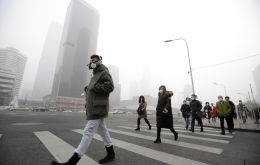
Nine out of ten people breathe polluted air every day. In 2019, air pollution is considered by the World Health Organization, WHO, as the greatest environmental risk to health.
-
Wednesday, January 16th 2019 - 05:48 UTC
Australia exposed to record temperatures: some 45C expected this Wednesday
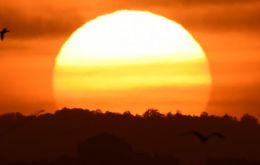
Australians have been warned to avoid exerting themselves outdoors and to drink lots of water as record temperatures in parts of the country look set to linger, and even increase, over coming days. Parts of New South Wales, Australia’s most populated state, and an area of Western Australia, saw record high minimum temperatures of 33 Celsius overnight.
-
Tuesday, January 15th 2019 - 09:01 UTC
Supermodel Gisele is a “bad Brazilian” claims Agriculture minister Dias

Supermodel Gisele Bündchen is a “bad Brazilian” whose environmental activism has harmed the country’s image abroad, the nation’s new Agriculture Minister Tereza Cristina Dias said on Monday.
-
Tuesday, January 15th 2019 - 06:53 UTC
Falklands in The New York Times list of Places to Visit

On 9 January, The New York Times published a multimedia report with a list of 52 Places to visit in the world. In position 23 figures the Falkland Islands with the following description, emphasizing, “five kinds of penguins easier to reach”. The report is credited to Nell McShane Wulfhart.
-
Friday, January 11th 2019 - 21:23 UTC
Ascension Island MPA; satellite data suggests conservation success likely
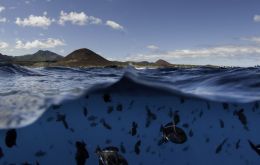
If United Nations goals are met, 10% of the world’s oceans could be marine reserves by 2020, but it has been suggested that many of these reserves will represent protection on paper but not in practice. However, new research trialling remote satellite monitoring of illegal fishing activity in the protected waters of Ascension Island from the Oxford Program of Sustainable Oceans suggests that here at least these “paper park” fears are not fully supported by evidence.
-
Friday, January 11th 2019 - 12:39 UTC
World oceans warming up more rapidly, caution US and Chinese scientists
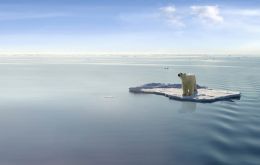
The world's oceans are heating up at an accelerating pace as global warming threatens a diverse range of marine life and a major food supply for the planet, researchers said on Thursday. The findings in the US journal Science, led by the Chinese Academy of Sciences, debunk previous reports that suggested a so-called pause in global warming in recent years.
-
Friday, January 11th 2019 - 08:09 UTC
Falklander leads Shackleton's “Endurance” search team in Weddell Sea
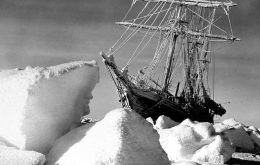
Following on from Penguin News’ interview last week with Islander Mensun Bound, who was involved in the search for the Argentine submarine Ara San Juan, Mr Bound spoke of his current project, the search for Shackleton’s ship Endurance.
